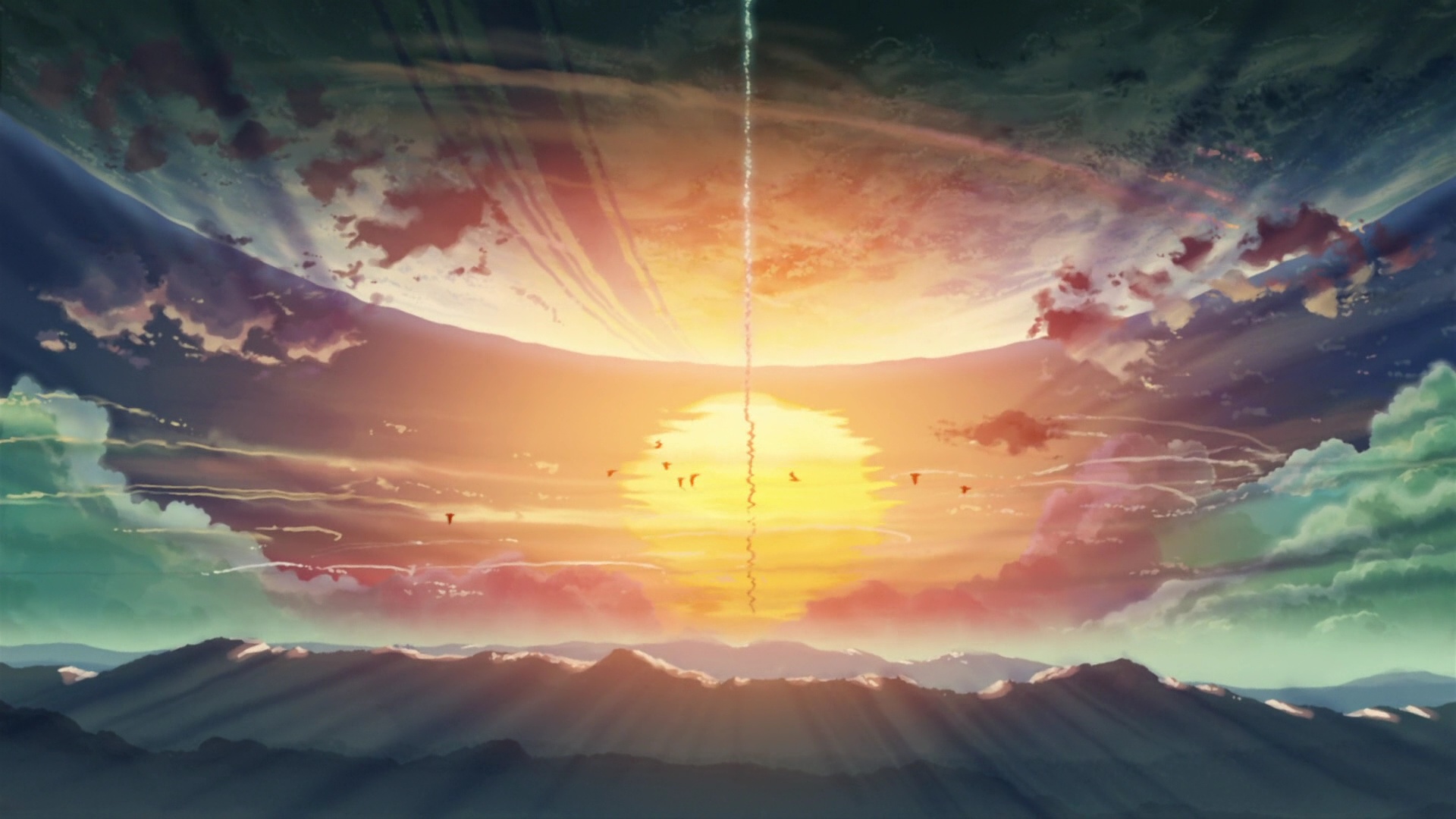Attack on titan manga end – Attack on Titan manga end: Yo, what’s up, manga heads? The final chapter dropped, and the internet went
-wild*. Seriously, the feels were REAL. We’re diving deep into the fan reactions – the epic meltdowns, the furious debates, the
-intense* theories – and breaking down everything from the plot twists to the art style. Get ready to relive the rollercoaster that was the end of this legendary series.
This deep dive explores the diverse fan reactions, dissecting the thematic depth of the final arcs, analyzing the narrative structure and pacing, appreciating the artistic evolution, and examining the impact on the larger narrative. We’ll even throw in some juicy comparisons to other manga endings and maybe even cook up a hypothetical alternative. Buckle up, it’s gonna be a wild ride.
Attack on Titan Manga Ending: A Hypebeast’s Deep Dive
Yo, what’s up, fellow Titans? Let’s dissect the
-Attack on Titan* manga ending, the one that sent the fandom into a total meltdown. From salty tears to hyped-up theories, the final chapters were a rollercoaster. We’re breaking down the fan reactions, thematic explorations, narrative choices, artistic style, and the overall impact on the series. Prepare for some serious manga analysis, served with a side of high school slang.
Fan Reactions to the Ending
The ending sparked a massive debate, with reactions ranging from ecstatic praise to utter disappointment. Online forums exploded with discussions about Eren’s motives, Mikasa’s ending, and the overall message of the series. Long-time fans, who’d invested years into the story, felt a stronger sense of attachment and were more likely to express either intense satisfaction or profound disappointment. Newer readers, on the other hand, often had a more detached perspective, focusing on the narrative itself rather than emotional investment built over years.
| Fan Opinion | Key Arguments | Examples | Prevalence |
|---|---|---|---|
| Positive | Satisfying conclusion, thematic resonance, character development, bold narrative choices. | “Eren’s actions made sense in context,” “The ending was bittersweet but perfect,” “The themes of freedom and sacrifice were powerfully conveyed.” | High among long-term fans who appreciated the complex narrative. |
| Negative | Plot holes, rushed pacing, character derailment, unsatisfying resolution to certain plot points. | “Mikasa’s ending felt underwhelming,” “The time skip felt abrupt,” “Eren’s motivations were unclear.” | High among those who felt the ending betrayed the series’ established themes. |
| Neutral | Mixed feelings, acknowledging both strengths and weaknesses of the ending. | “It was a divisive ending, but I can see why some people liked it,” “The art was amazing, but the story felt rushed,” “It’s a complex ending that requires more reflection.” | Common among those who had a more balanced perspective. |
Thematic Exploration in the Final Arcs

The final arcs explored themes of freedom, sacrifice, hatred, and the cyclical nature of violence. Eren’s journey, in particular, highlighted the complexities of achieving freedom at any cost. Mikasa’s character arc focused on overcoming her obsession and finding her own path. The symbolic use of the Founding Titan and the Paths further emphasized the series’ core themes. The ending maintained thematic consistency with earlier arcs, though some argued the execution was flawed.
Narrative Structure and Pacing
The pacing of the final arc was a major point of contention. Many felt the conclusion was rushed, leaving several plot points unresolved or inadequately explained. The time skip, in particular, was criticized for its abruptness and lack of sufficient context. While some narrative choices were effective in creating suspense and emotional impact, others were perceived as jarring and disorienting.
The narrative structure shifted from a more linear progression to a more fragmented and dreamlike presentation.
Artistic Style and Visual Presentation, Attack on titan manga end
Isayama’s art style evolved throughout the final arc, becoming increasingly expressive and emotionally charged. The use of visual metaphors, such as the recurring imagery of birds and the vast, desolate landscapes, powerfully conveyed the emotional weight of the events. One memorable panel depicts Mikasa, aged and weathered, gazing at a bird, symbolizing her newfound freedom and acceptance of Eren’s actions.
Compared to earlier arcs, the final arc featured more detailed backgrounds and a more painterly style, enhancing the overall emotional impact.
Impact on the Larger Narrative
The ending significantly impacted the overall narrative. It resolved some key plot points, such as the nature of the Founding Titan and Eren’s ultimate goals. However, it left other aspects unresolved, leading to ongoing fan debates. Compared to other popular manga endings,
-Attack on Titan*’s conclusion is unique in its divisive nature and the intensity of the fan reactions.
Investigate the pros of accepting akame ga kill manga in your business strategies.
A hypothetical alternative ending might have involved a more gradual resolution, perhaps focusing on the rebuilding of the world and the characters finding peace after the conflict, instead of the more ambiguous conclusion we got.
So, there you have it, the epic conclusion to Attack on Titan’s manga saga! From the emotional tsunami of fan reactions to the intricate weaving of themes and the evolution of Isayama’s art, the ending definitely left its mark. Whether you loved it, hated it, or found yourself somewhere in between, one thing’s for sure: Attack on Titan’s final chapter sparked a conversation that will continue to resonate within the anime/manga community for years to come.
It’s a testament to the series’ power and impact. Peace out!


